-
A4988 or HR4988?
07/25/2024 at 05:17 • 0 commentstl;dr: TIL cheap "A4988" stepper drivers are probably HR4988s. I don't know where the HR4988 silicon falls between theft and compatible clean-sheet design. The datasheet is appallingly copy/pasted. Like really astonishingly appalling.
I've been using "A4988" stepper driver modules of the 0.6" x 0.8" 16-pin DIP sort pioneered by Pololu, but as re-designed by Joe Mosfet who openly published his version as (one quarter of a) "StepStick". High volume, low cost board houses churn these out for a price that's not very much different from free which makes them attractive for personal tinkering where vague provenance is acceptable.
![]()
Considering their origins, I wouldn't be surprised if the driver ICs didn't actually came from Allegro. Less euphemistically: I'd be surprised if they did.
TIL HR4988
I've just learned that HR4988 exists, and that essentially all of these cheap "A4988" units use HR4988 driver ICs. There are datasheets in Chinese from 深圳市永阜康科技有限公司 (Shenzhen Yongfukang Technology Co., Ltd.) and in English from Heroic Electronic Technology (Jiaxing) Co., Ltd.
The Chinese version (only):
- comments on A4988 compatibility
- describes additional microstepping options up to 1/128.
The English version remains silent on those points.
On one hand, I would like to acknowledge that giving their compatible part a distinct part number, a datasheet, and even some extra function smells more like commerce than counterfeiting.
...but...
On the other hand their datasheets are just the most appalling Junior High-level rip-off of Allegro's datasheet. Really. Apart from half a page of red-lettered "Cliffs Notes", the text and tables are either essentially all or really entirely ^A^C^V directly copied verbatim from Allegro's datasheet. With minor variations of appearance like different font, page layouts and pagination. Beyond that, all the diagrams and graphs are copied exactly. But not exactly exactly: where they could have at least given Allegro the respect of copying their vector graphics, instead they apparently just captured screenshots and copied Allegro's vector graphics as degraded raster images. The only authorial modification being to type over "A4988" with "HR4988" in the middle of the "typical application diagram", and add an incorrect minor note, in a non-matching font. Really. It's that bad. (I'm probably missing a detail here or there but not enough to blunt the point.)
Aside from the bald plagiarism, one thing the reader can know with confidence is that the graphs which show actual scope traces (right Allegro?) vs diagrammatic representations absolutely did not come from any HR4988 part.
how did that happen?
I don't know much about making chips. I don't know how much of the HR4988 silicon design is rip-off vs. original design of a work-alike part. Either way, I figure getting together whatever they had to send to a chip foundry to get working chips must take non-trivial knowledge, effort, and resource. How could they have been able to get that done and not have the wherewithal to come up with a datasheet by some means other than blatant verbatim copying? At least they could have said "it works like an A4988; configure extra microstep options like this otherwise refer to Allegro's A4988 datasheet because we did such a great job of not deviating from any of that."
-
Whence the Pololu-style A4988 stepper driver?
07/23/2024 at 19:48 • 0 commentstl;dr: 2009 Q2 with A4983 then A4988 since 2011
Today is a day in July 2024. For about a decade the basic go-to stepper motor driver has been a 16-pin DIP PCB module design by Pololu, or a cheap copy thereof, typically carrying an A4988 driver ic, or a cheap copy thereof.
![]()
click for Pololu parts I say "typically ... A4988" because that's my own experience. More objectively: Pololu's descriptions for all of their not-A4988 modules refer to the A4988 part as the prototype to which each is more or less similar.
I say "about a decade" because shrug. More objectively: Allegro MicroSystems, Inc. announced the A4988 in 2010, which wasn't much more than a decade ago. Pololu's product photo shows a 2011 copyright date, which would make sense for an application of a part announced 2010.
![]()
"A4983/A4988 stepper motor driver carrier with dimensions." -- click for product page The photo caption says "A4983/A4988" and way down at the bottom of the A4988 part description there is a note:
"Note: This board is a drop-in replacement for our original (and now discontinued) A4983 stepper motor driver carrier."
The "original" A4983 part looks almost identical (slightly different traces) with a 2009 copyright date.
![]()
4983 module copyright 2009 From poking around in the Wayback Machine, it looks like Pololu was offering the 4983 module by 7 July 2009 after it wasn't in a 29 May capture. I haven't found a distinct new product announcement. A couple of forum posts from 19 Jun 2009 appear to almost certainly refer to this product. So, some time between 29 May and 19 June 2009.
That appears to be Pololu's first stepper driver (vs. dual H-bridge which could be used to drive a stepper) and the answer to the origin question.
At that time there was also a dual H-bridge driver having the same 0.6" x 0.8" 16 pin DIP dimensions. Pololu was offering that part by September 2008 and it remains current in slightly evolved form. Like the stepper drivers, that has power connections on one side and signal connections on the other. On the power side they both take in two supplies and drive two motor coils so the connections on that side are similar (not identical). Unlike the stepper drivers, the ic does a different thing differently controlled by different signals. So the 0.6" x 0.8" 16 pin DIP PCB carrier with power on one side, signal on the other, and a driver ic for two motor windings goes back another year. As offered by Pololu anyhow. The point being that the similar-looking thing Pololu already had before 2009, while similar in some respects, is too dissimilar to count for pushing the date of origin any further back.
Whence the clones?The clones all appear to use (one unit of) the "StepStick" design openly published 18 March 2011 by "Joem" on the RepRap wiki. Joem wrote: "With the recent outage of Pololu A4893 stepper driver boards, I've been wanting to build my own, and break my dependency (no offense, I <3 you Pololu!)."
Motivated by shortage of A4983 parts (Pololu boards, not Allegro chips) and published pretty nearly exactly the same time Pololu offered the A4988 modules.
Joem showed a red PCB so all (& only?) the A4988-bearing clones were red -- apparently until red/green because a fake/real criterion and A4988-bearing clones became available in your choice of red or green. Other 0.6" x 0.8" DIP 16 modules with different drivers ICs appear to all be not red. ?.
Trivia(i.e. even more trivialer)
Currently the 4988 page shows the 2011 date board-and-quarter photo above. In earlier captures the A4988 page shows the same 2009 date board-and-quarter photo. The A4988 product photo was updated from the pre-A4988 part to the 2011-dated part in ... 2019. Which leads to finding other things...
- 2009
- [May 28 -- I have a note that A4983 module existed but I don't remember where I saw that]
- May 29 <d< Jun 19: Pololu A4983 module listed
- 2010
- April 29: Allegro...
- 2009
-
Minamil gallery scroller
04/13/2024 at 23:20 • 2 commentsOutput from #Minamil 3dp: another minimal CNC mill and #Minamil 2dc: a minimal CNC mill collected here because this doesn't fit in either project because it includes both. And doesn't fit in #"Desk Accessory" CNC Milling Machine because that's more about the fancy box than the CNC inside which might be either flavor or not inside a fancy box.
Lots of "Desktop CNC" machines can fit on a desktop. But do they fit on your desk?
![]()
brass ![]()
![]()
second try: same thing more crisply
![]()
![]()
0.005" brass ![]()
![]()
![]()
![]()
![]()
![]()
![]()
![]()
![]()
![]()
![]()
acrylic ![]()
![]()
![]()
![]()
![]()
![]()
![]()
![]()
![]()
![]()
![]()
![]()
![]()
![]()
![]()
![]()
![]()
![]()
first test/development part ![]()
![]()
![]()
#Minamil 3dp: another minimal CNC mill
My Projects
My Pages
Things I've Built
Modeled a CH-SM1545 linear screw stepper thing
Like a CD/DVD optical sled drive but longer and 0.5mm pitch. Here: https://cad.onshape.com/documents/7a6683c41ade7e00853857f5 https://grabcad.com/library/chihai-ch-sm1545-1
HC-05 "baudat" - Config-over-Bluetooth widget
Access HC-05 "command" mode over Bluetooth without connecting to a PC USB port. https://www.instructables.com/id/HC-05-Serial-Configuration-Over-Bluetooth/
Projects I Like & Follow
Share this profile
ShareBits
Become a Hackaday.io Member
Create an account to leave a comment. Already have an account? Log In.
Thanks for liking #Putting 50 year old Motorola amplifier ICs to work !
Thank you for liking my #Homebrew Digital Sampler in 1979! The repair was successful, and seeing it work for the first time in over 40 years reminded me of the feeling I had back then.
Thank you for liking my #Telescope Mount Controller using PERSEUS-9! A photo of the aluminum material work in progress has been added to the attachment.
Thanks for liking #DTL binary clock I get a buzz seeing that ancient silicon flipping and flopping .
Thank you for liking my #Prehistory of my homemade PERSEUS computers !
Thank you for liking my project #Homemade Successive Approximation Register ADC. I was thrilled 42 years ago to see how analog voltages converged and converted into digital values. I thought I would definitely introduce that for people.
Thank you for liking my #Homemade Floating Point Interpreter for 6502 !
Thank you for liking and following my #PERSEUS-8 homemade 6502 computer. And thank you for following me !
Thank you for liking my #Homemade Operational Amplifier !
Good morning Paul and thanks for the Like/Follow #The Cardboard Computer - IO is my name :-)
 Paul McClay
Paul McClay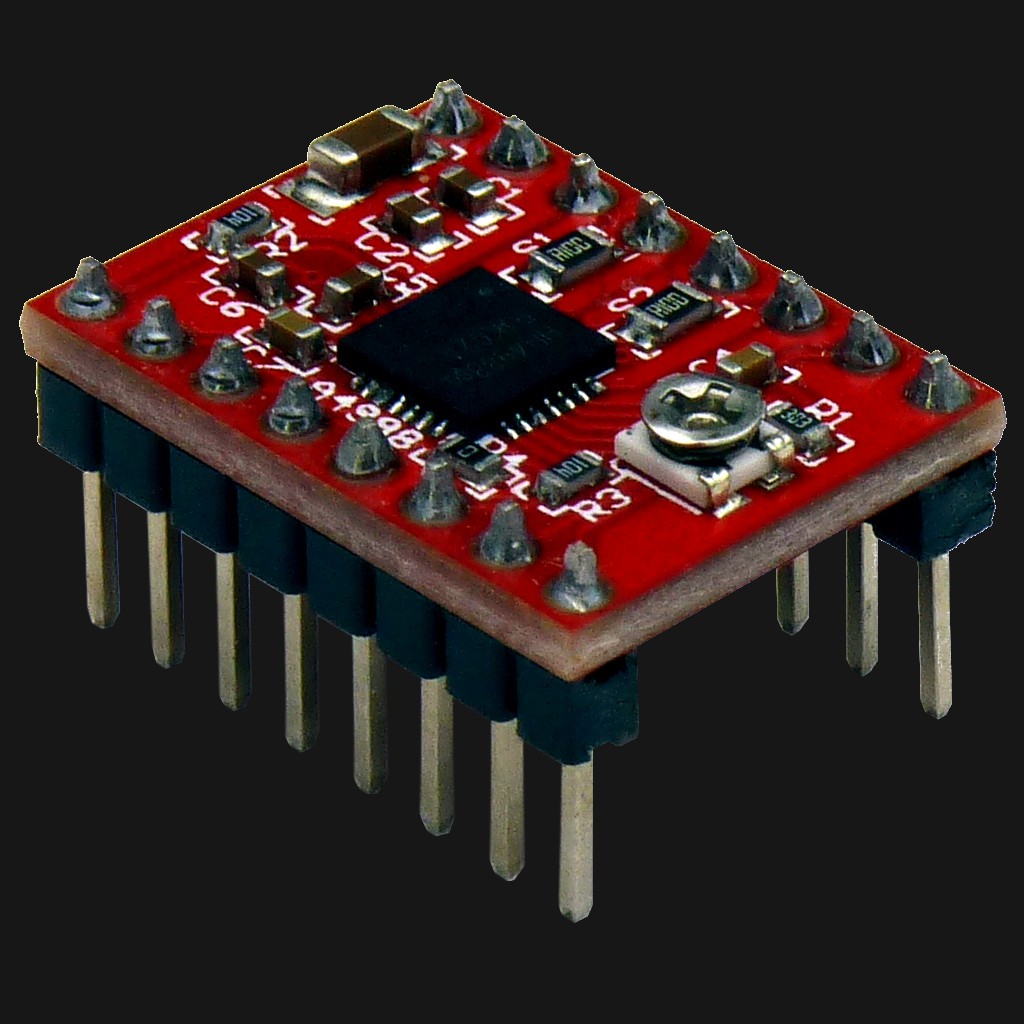
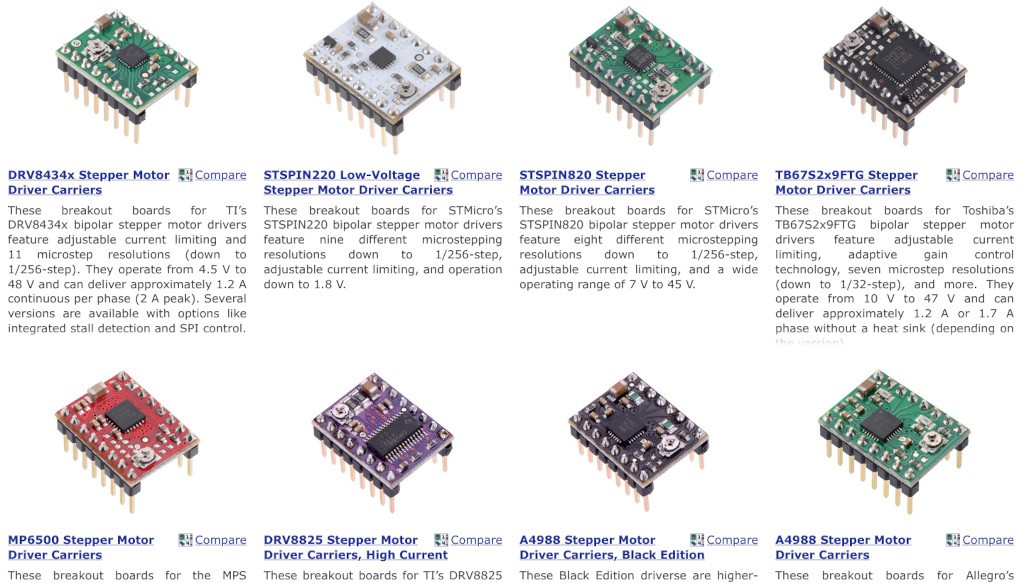
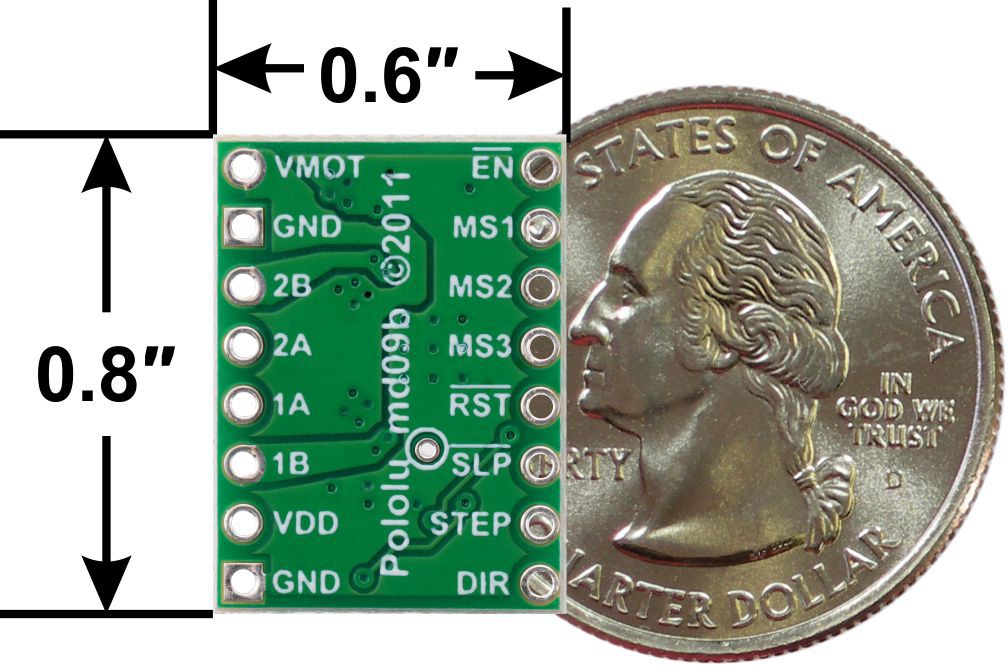
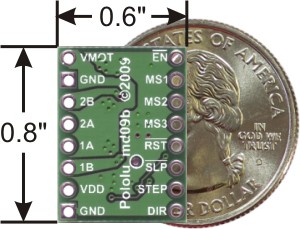
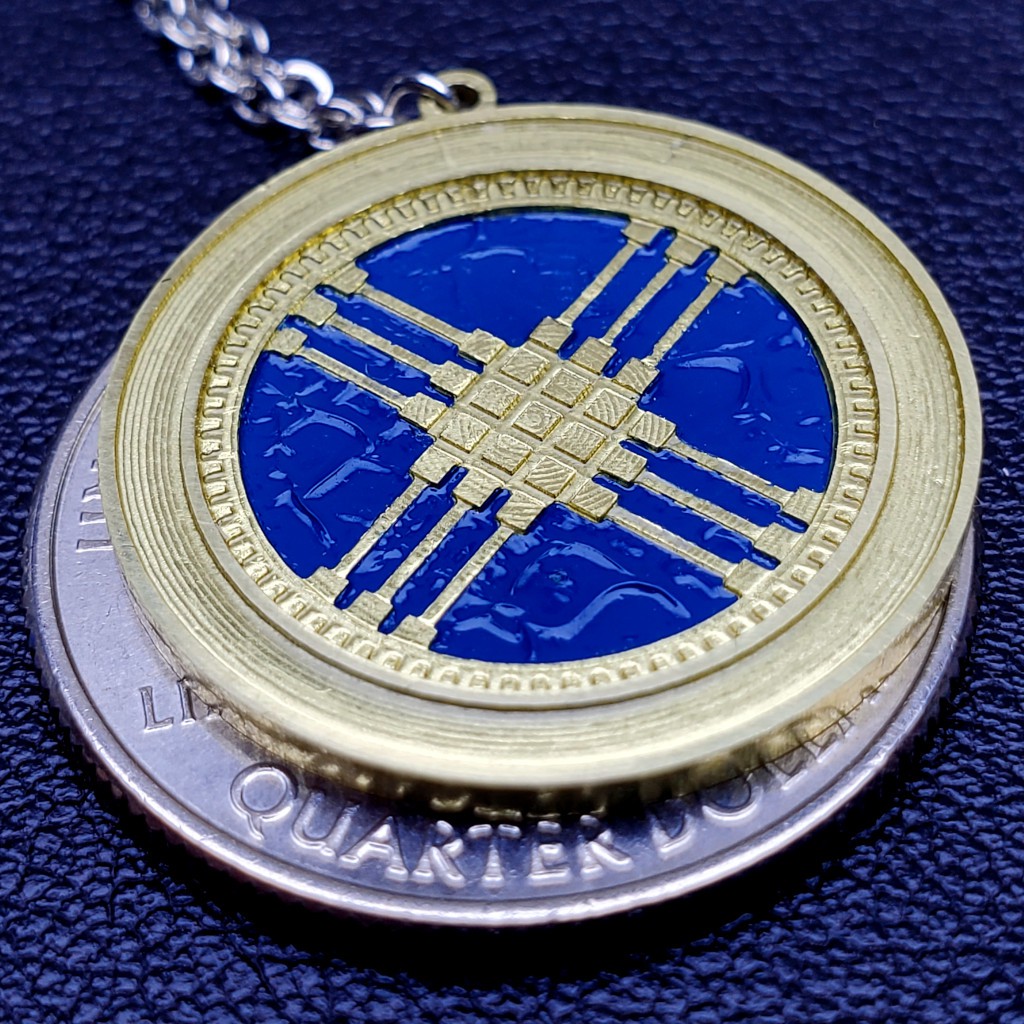
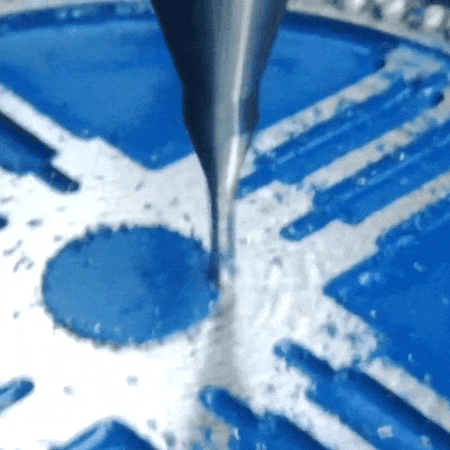
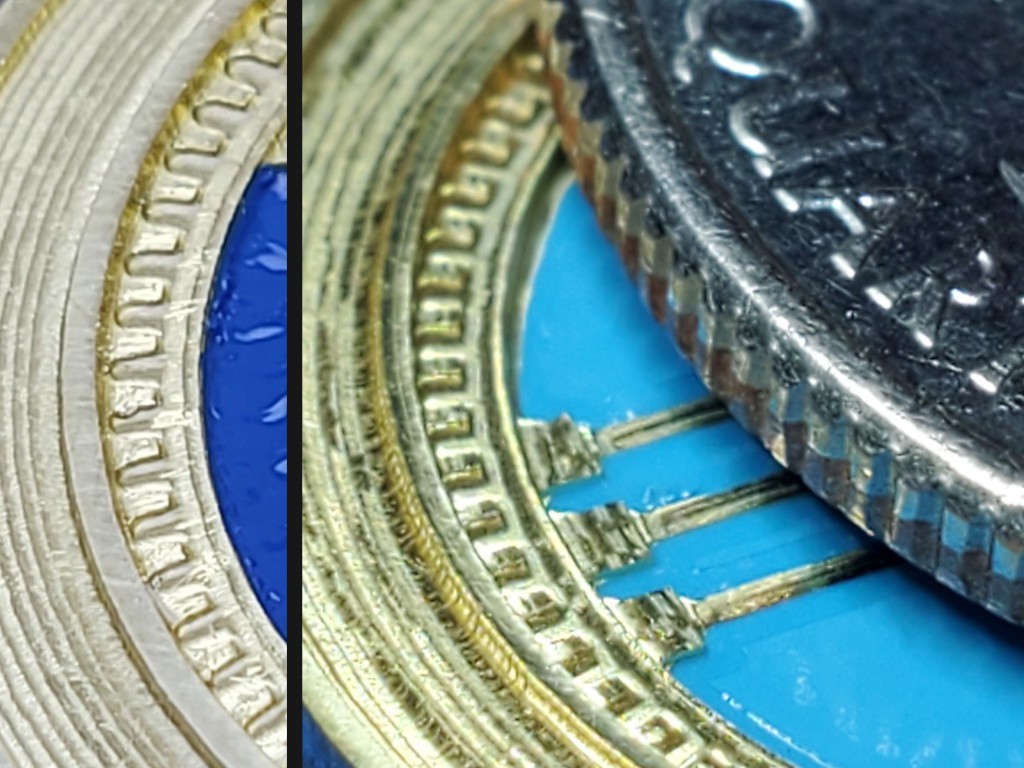

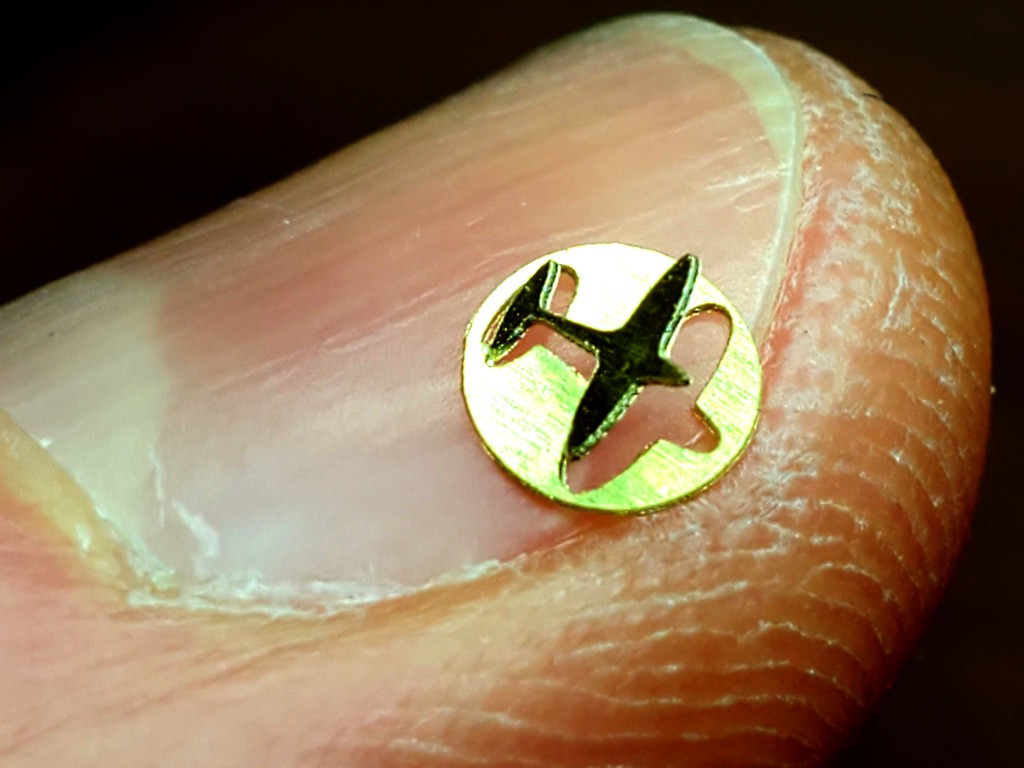
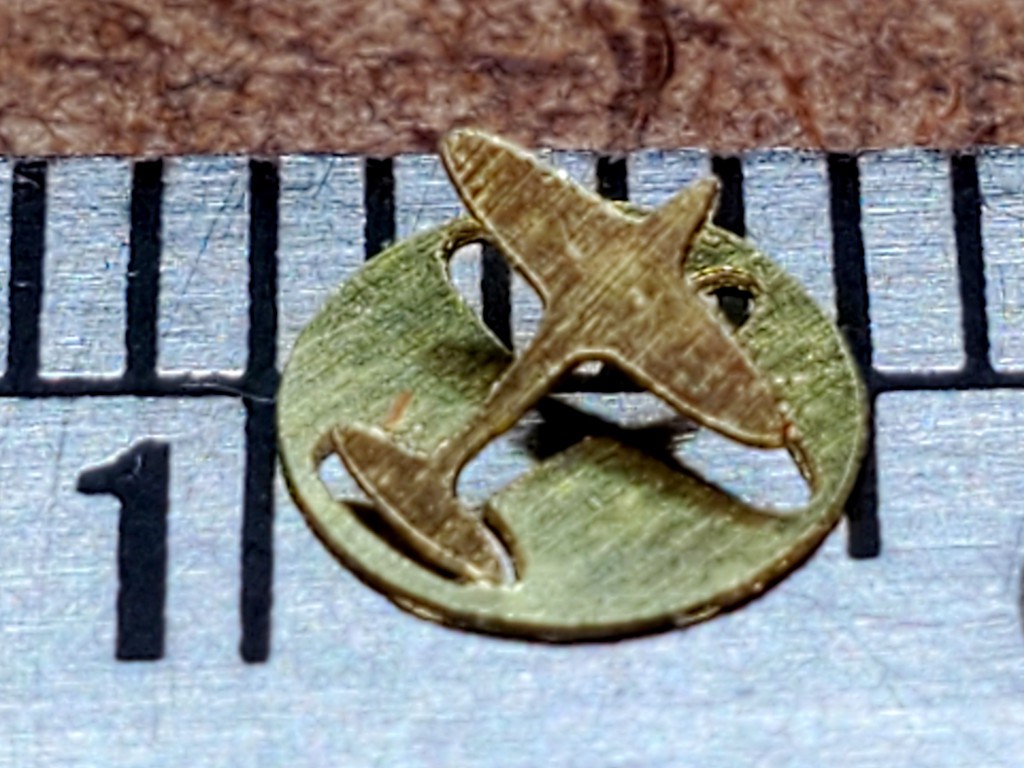
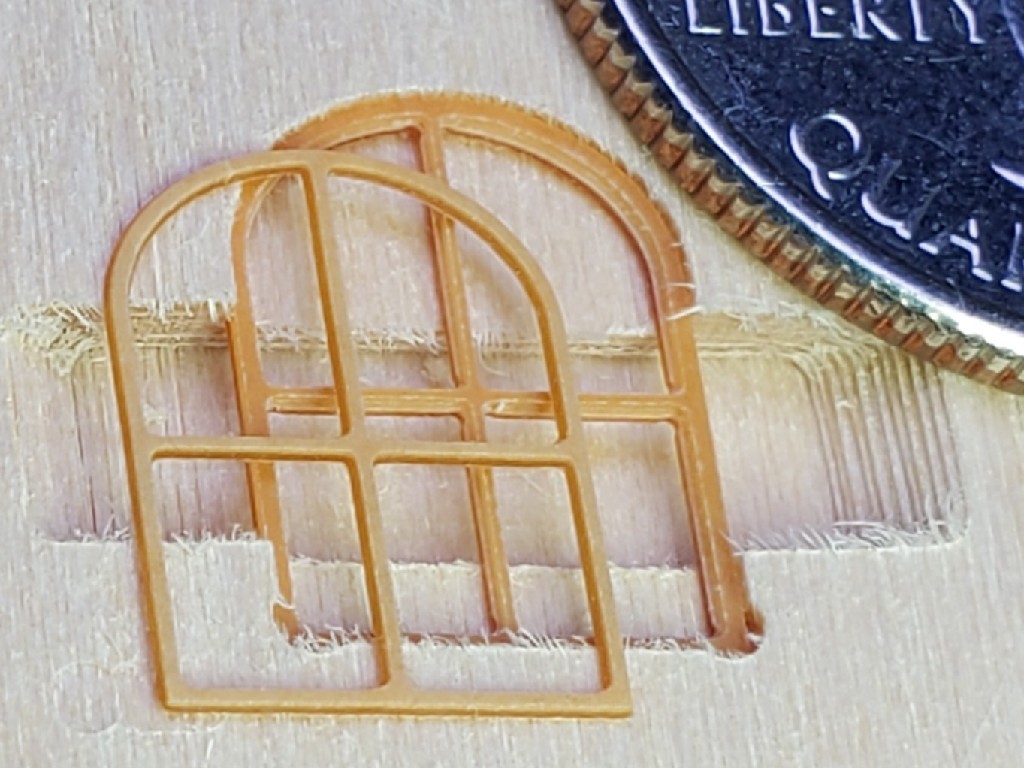
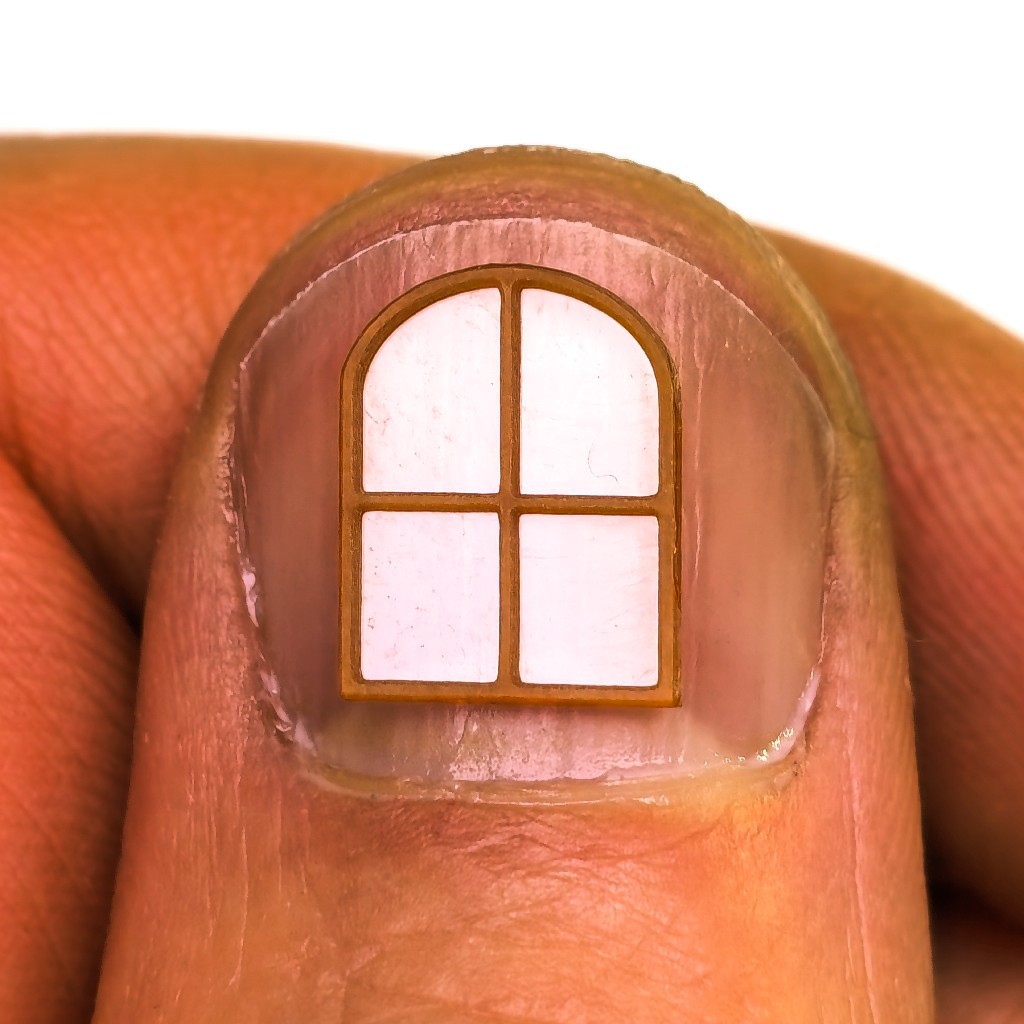
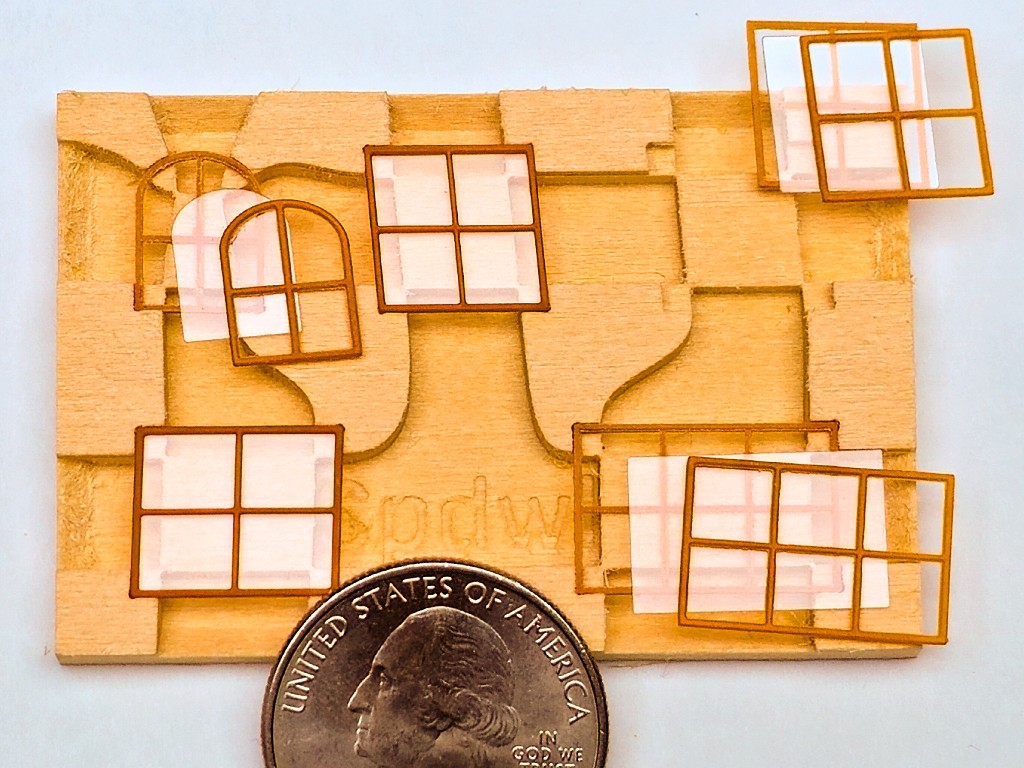
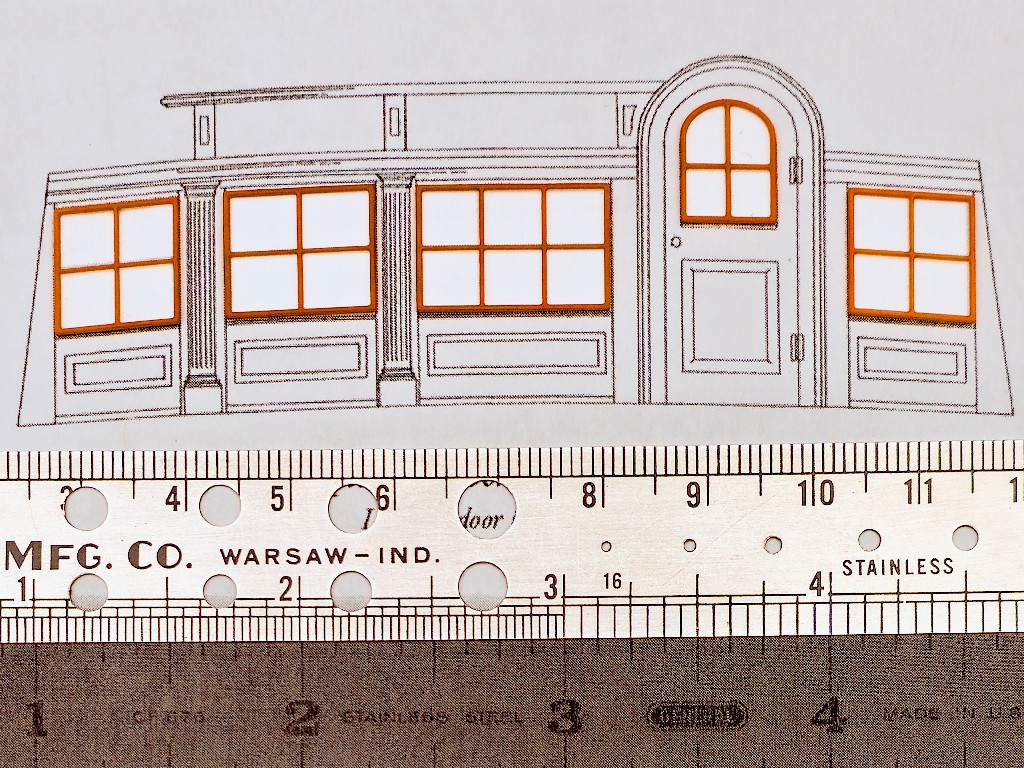
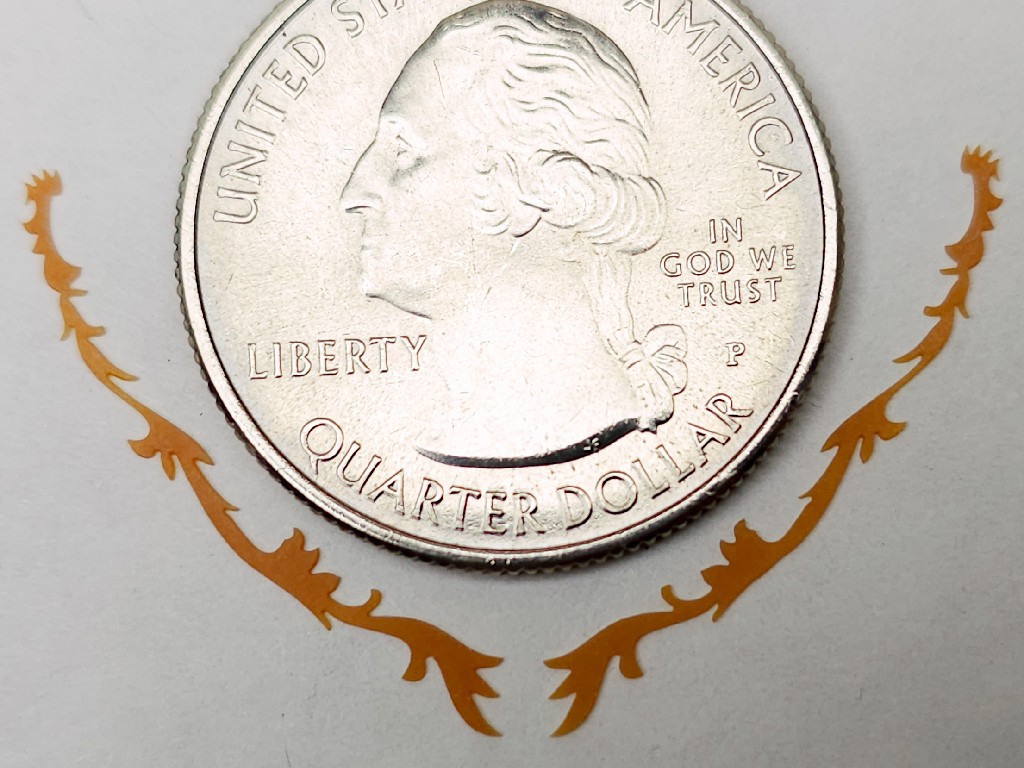
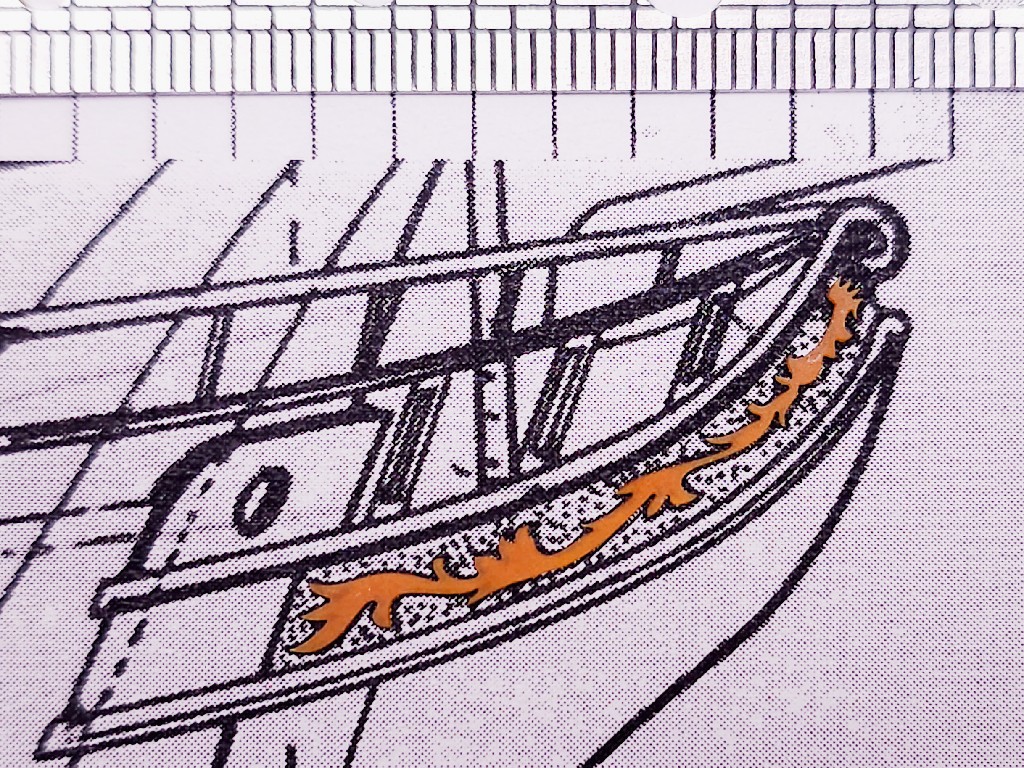
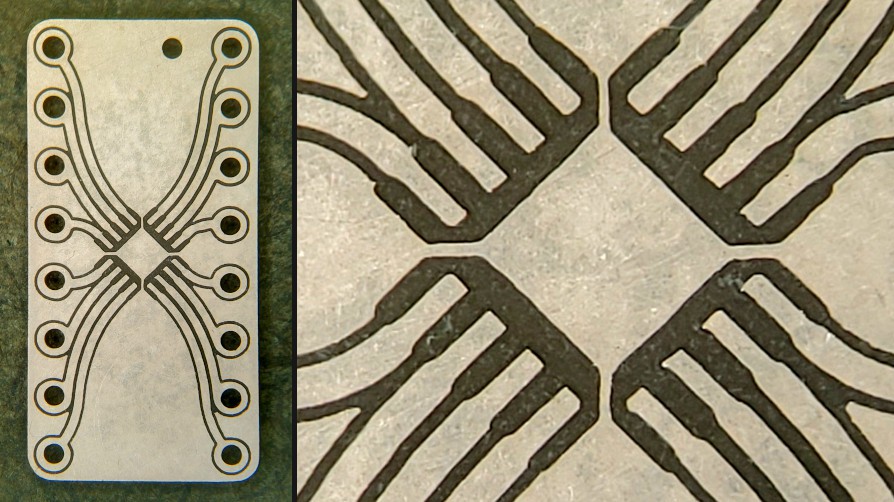
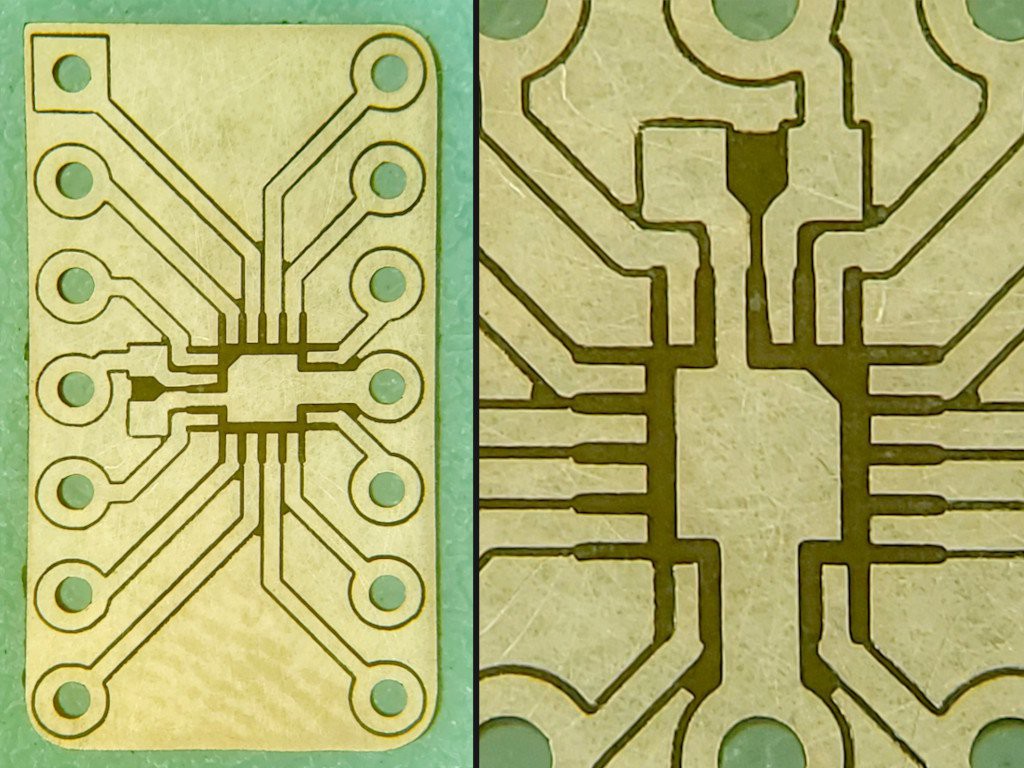
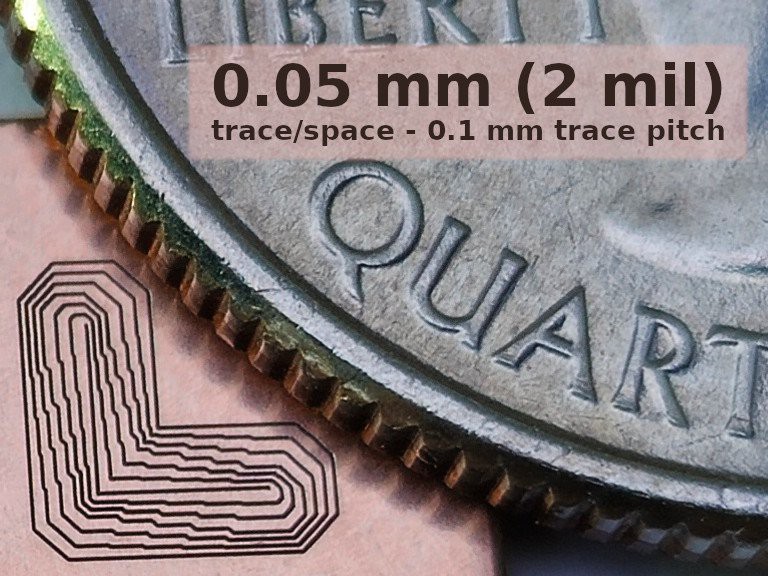

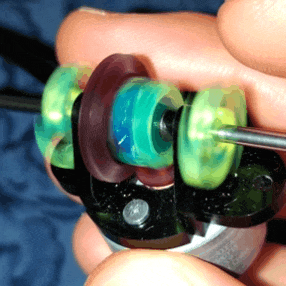
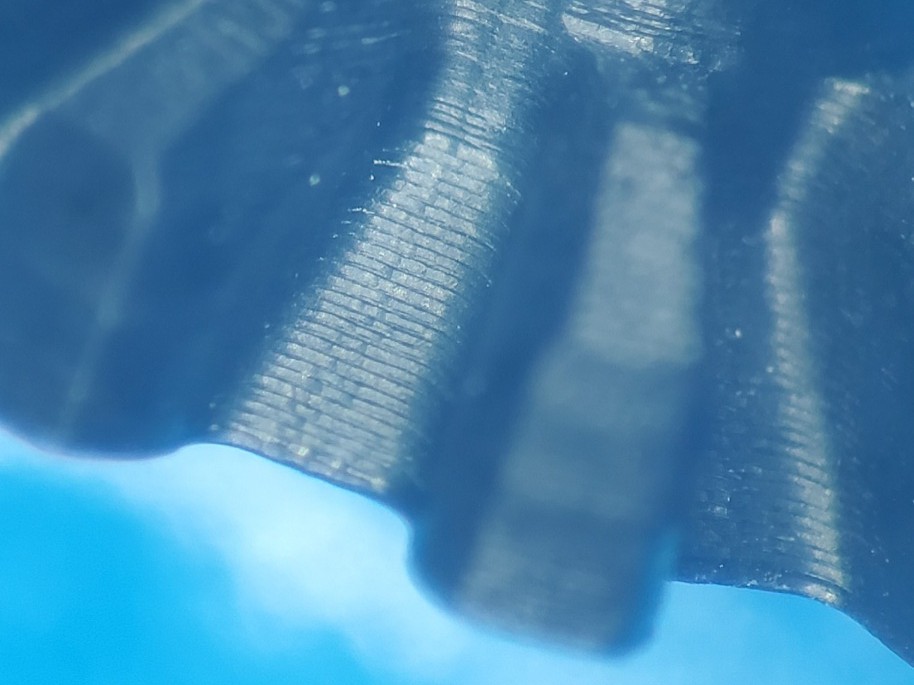
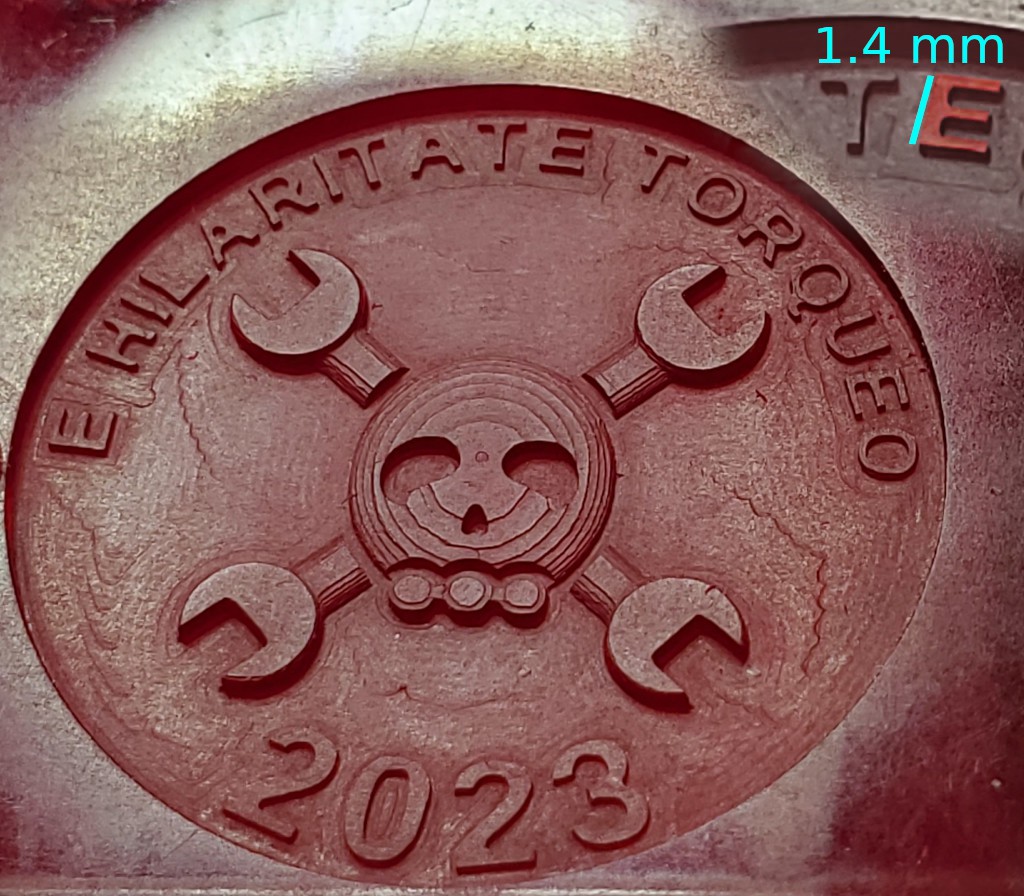
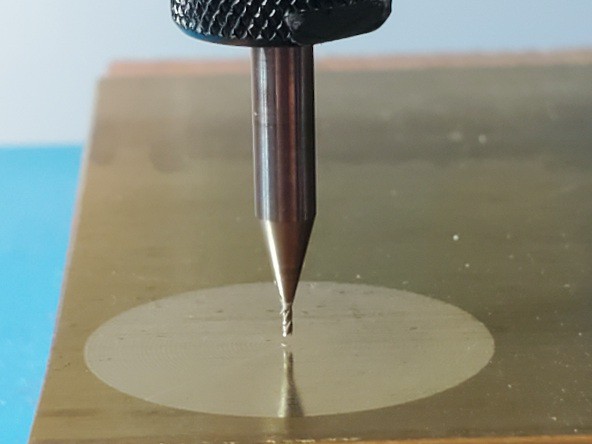
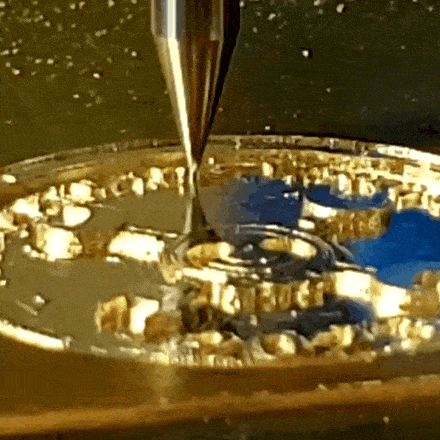
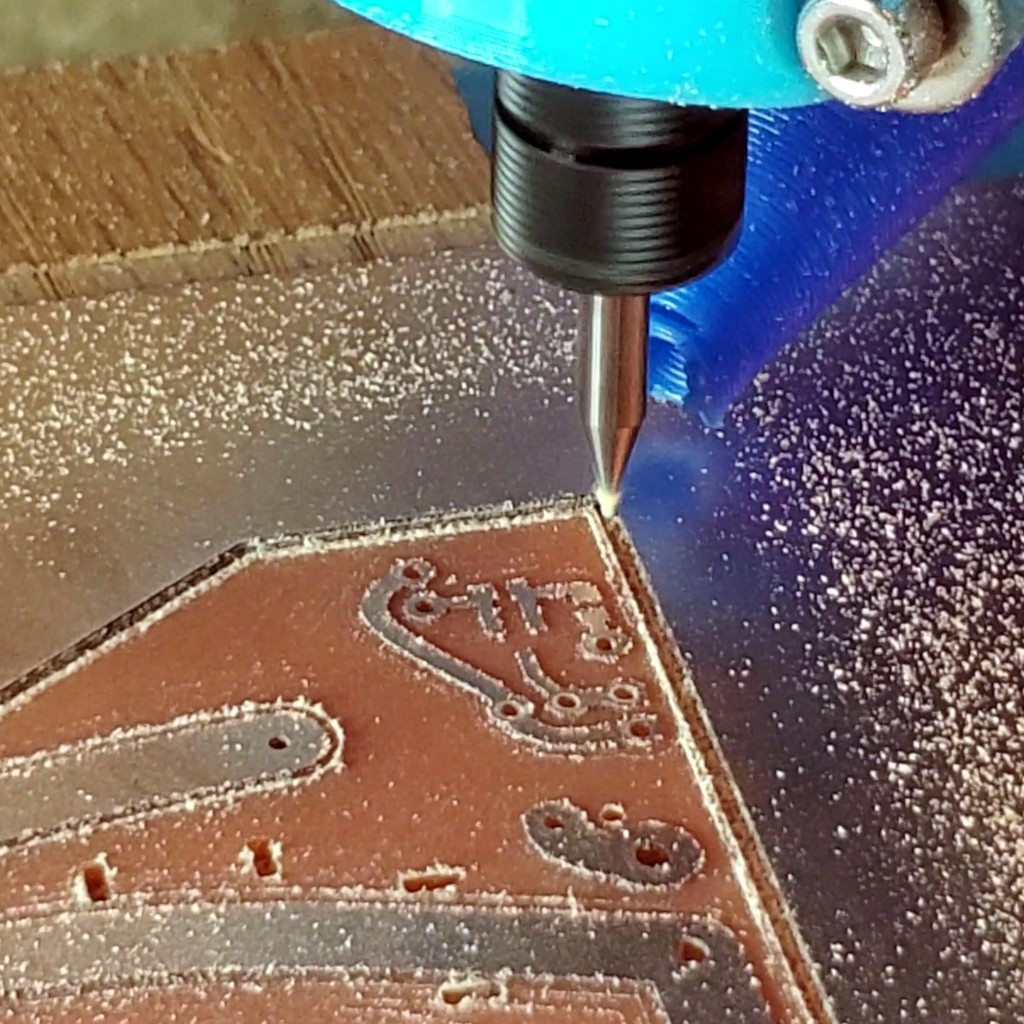
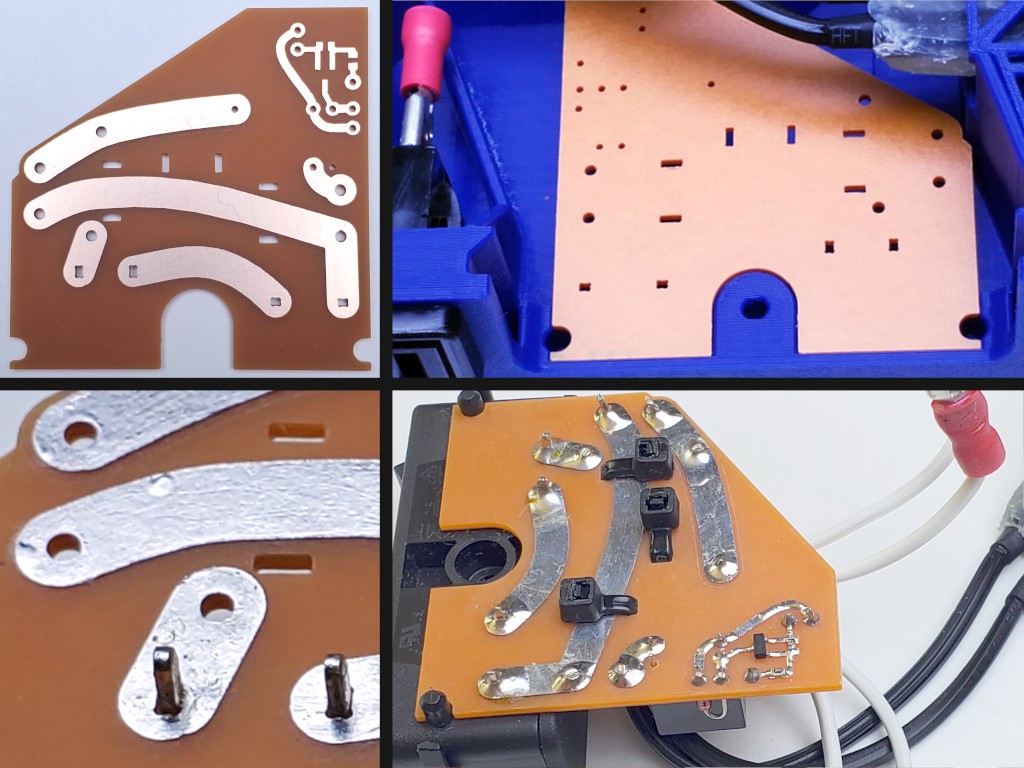
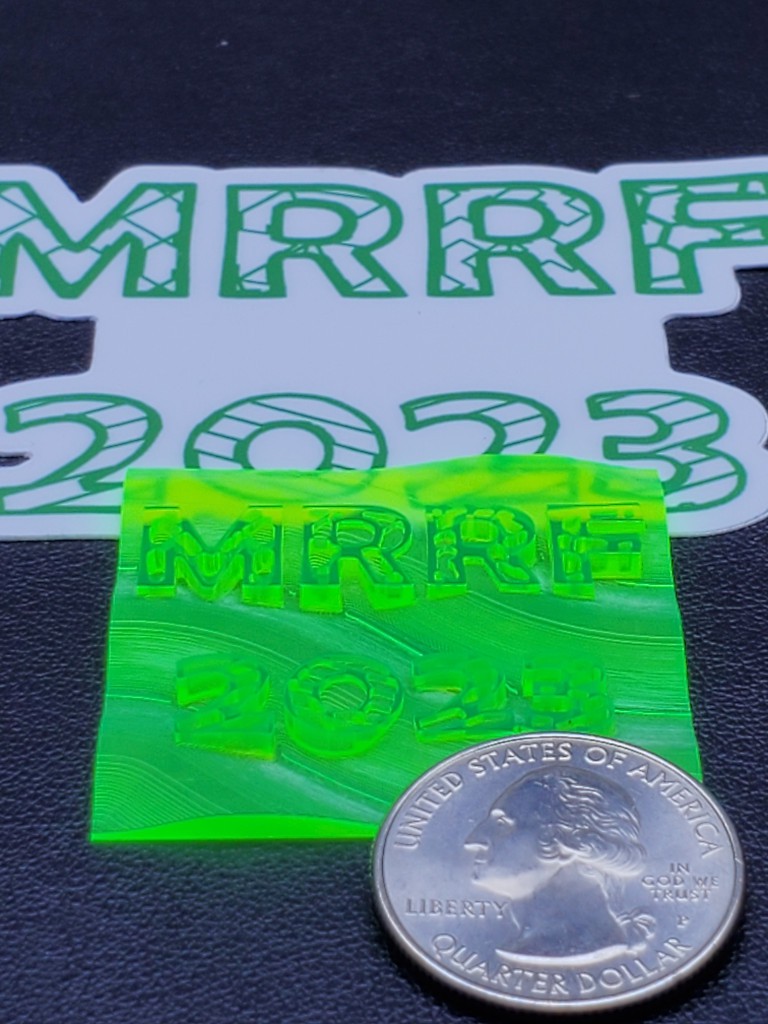
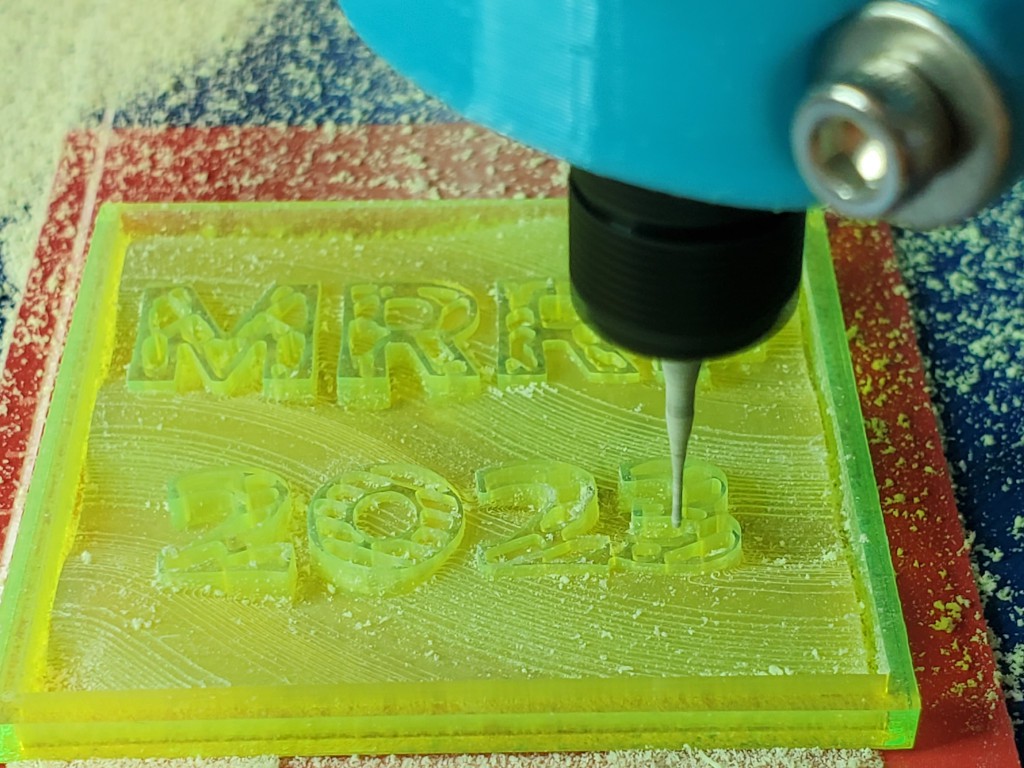
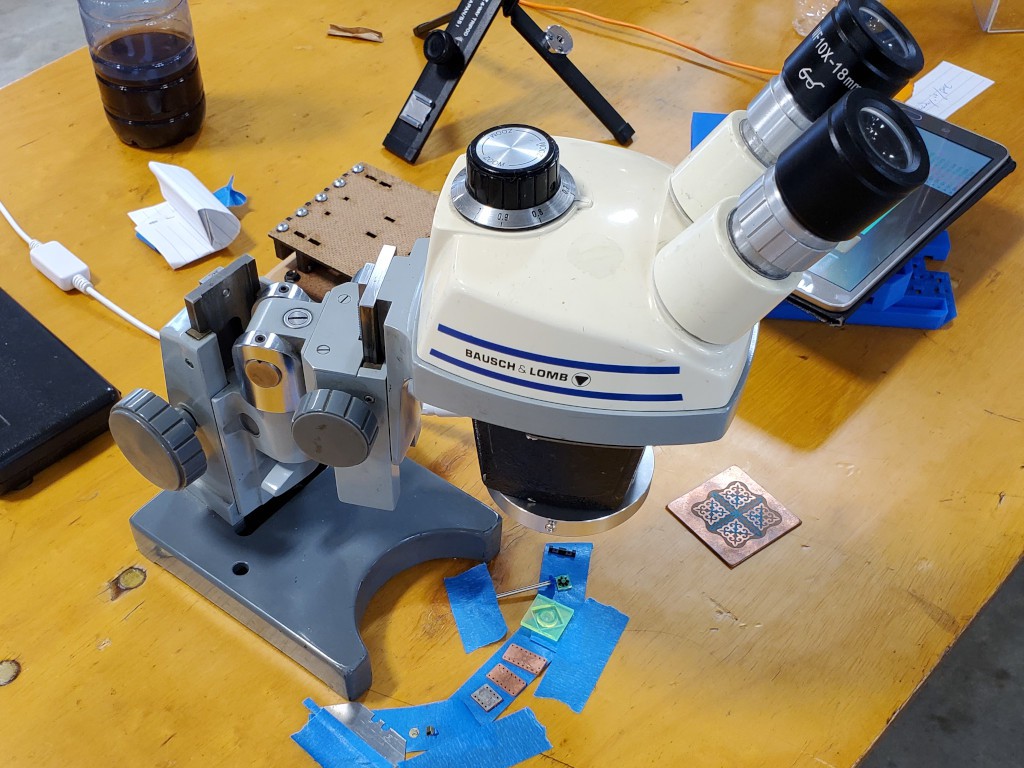

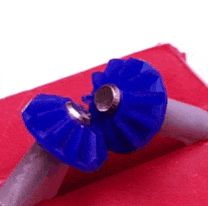

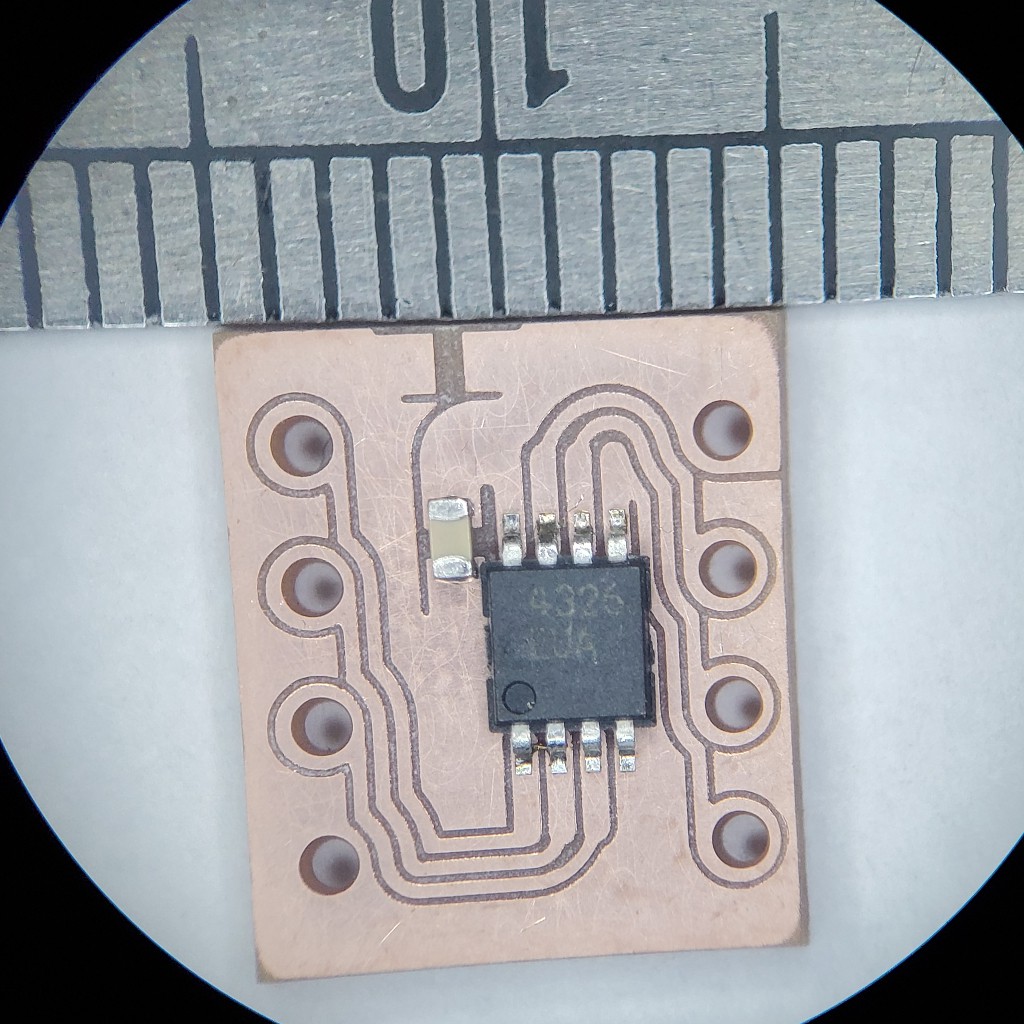
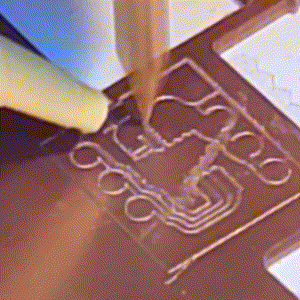
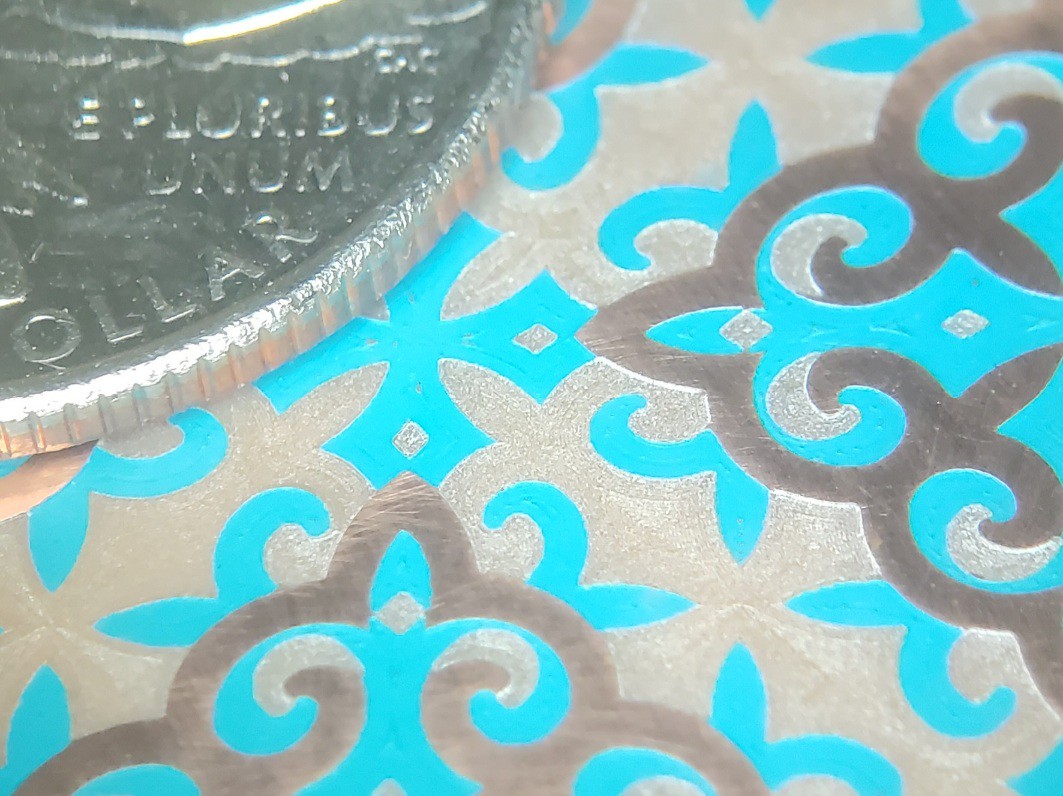
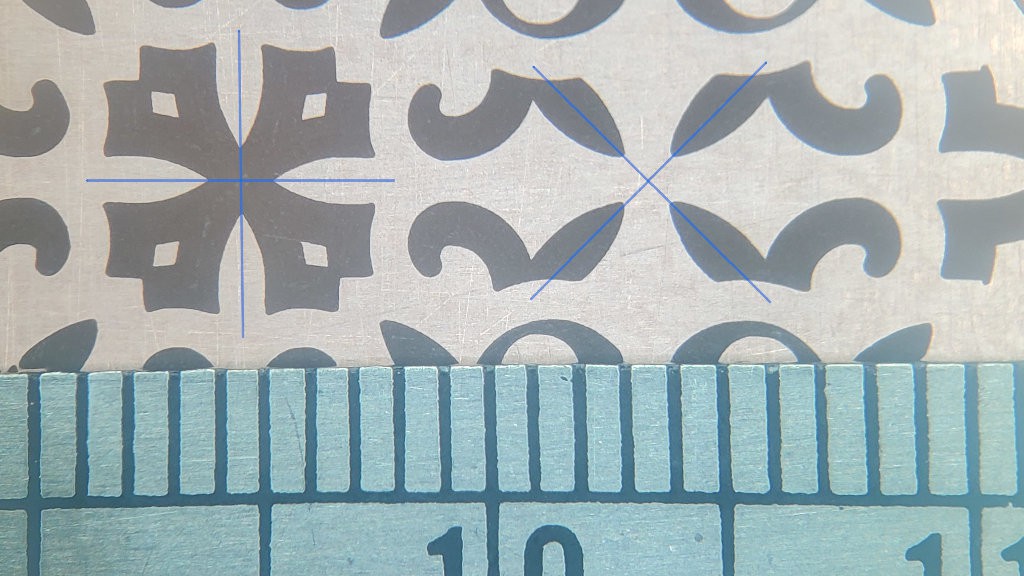
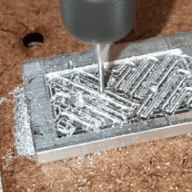
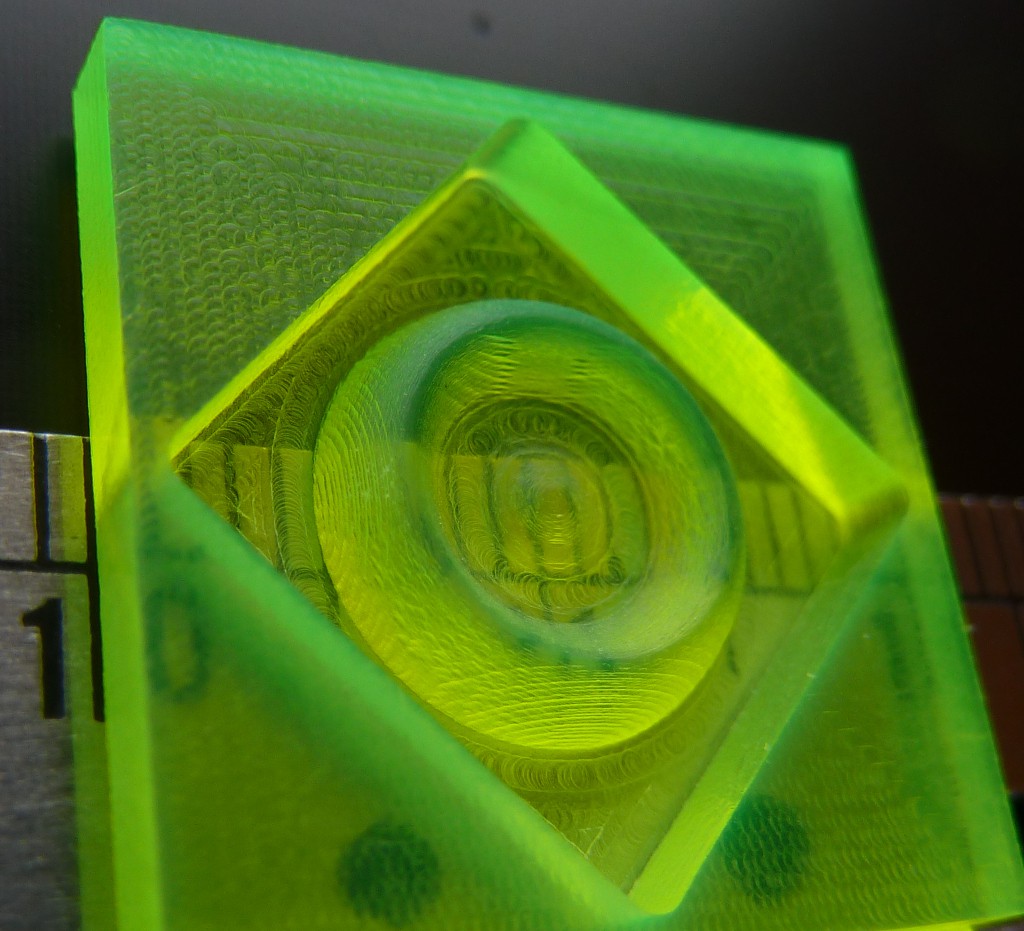
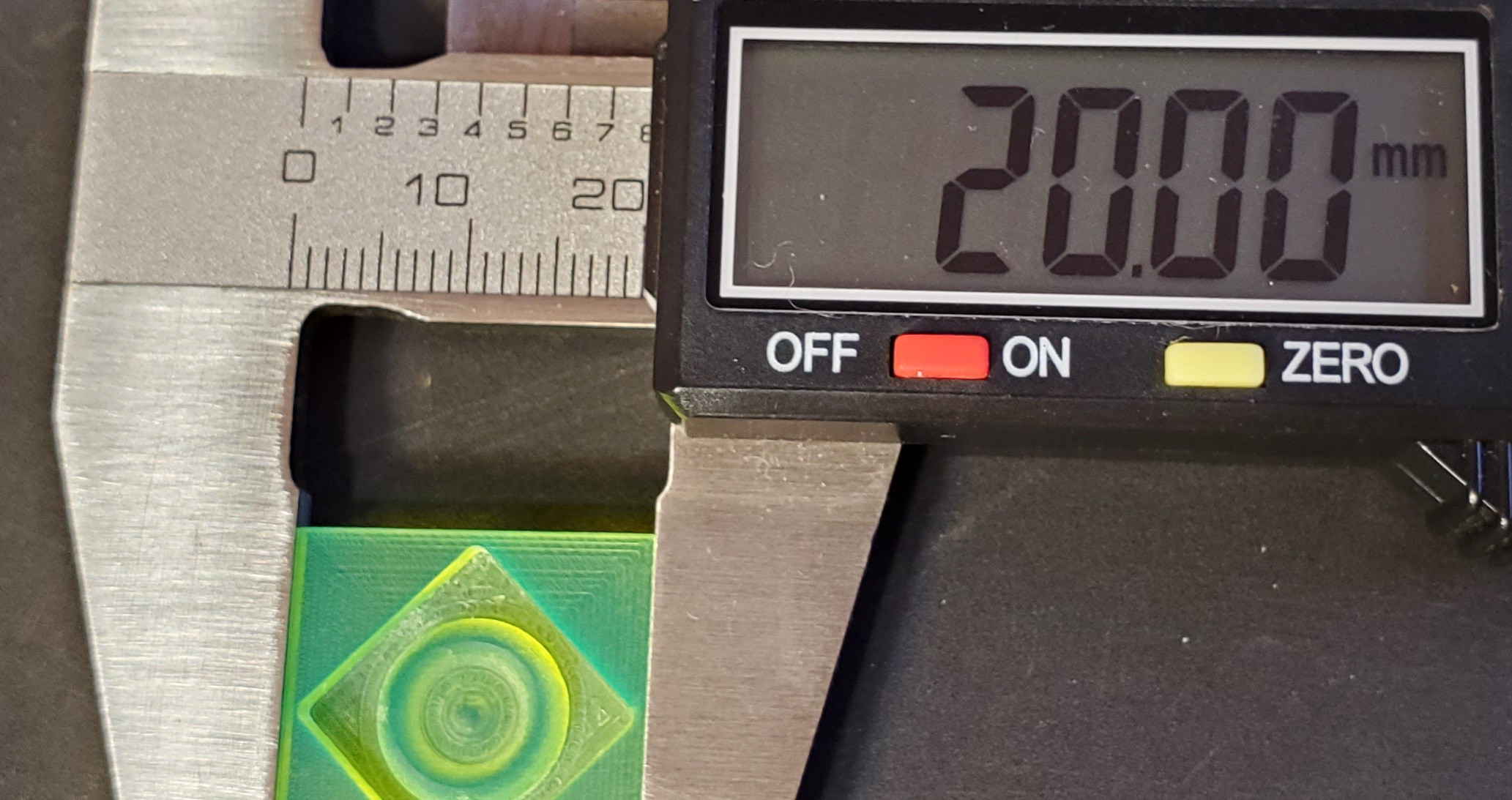

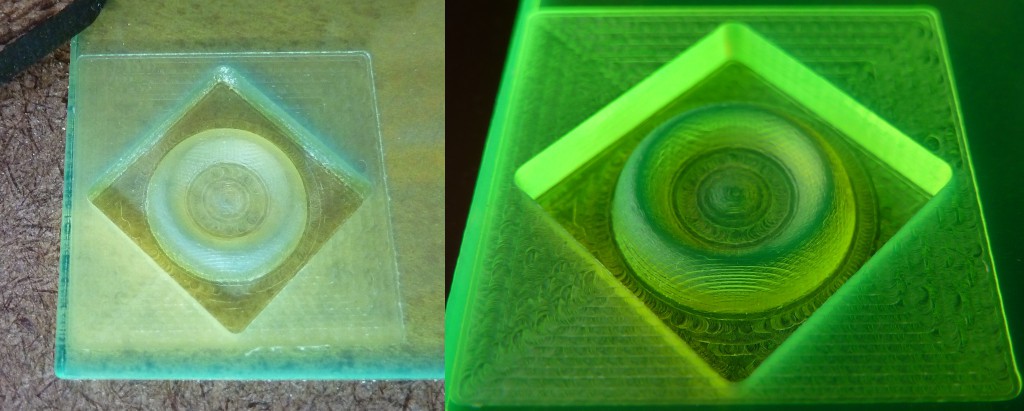
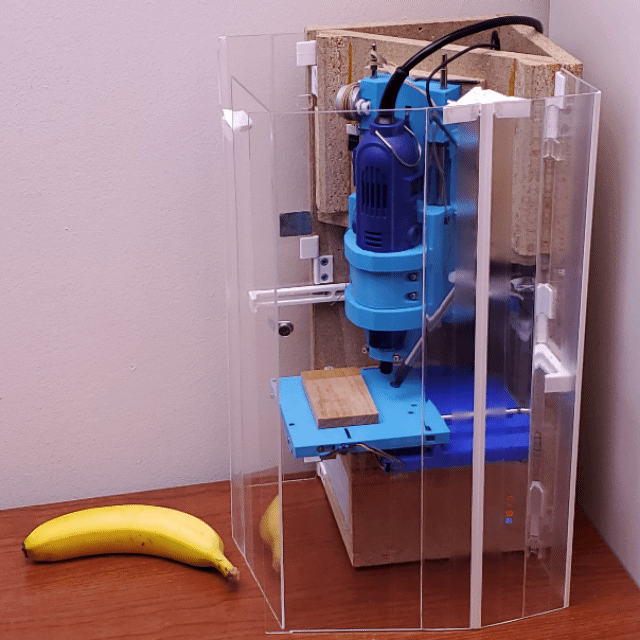
 Vijay
Vijay Kevin Santo Cappuccio
Kevin Santo Cappuccio Chu Tien Thinh (obitvn)
Chu Tien Thinh (obitvn) Richard Testardi
Richard Testardi CentyLab
CentyLab Ahron Wayne
Ahron Wayne Skyhawkson
Skyhawkson DosFox
DosFox Mitsuru Yamada
Mitsuru Yamada biemster
biemster Joseph Eoff
Joseph Eoff Muth
Muth will.stevens
will.stevens Michael Rangen
Michael Rangen Ken Yap
Ken Yap


Thanks for liking #Irreproducible clock